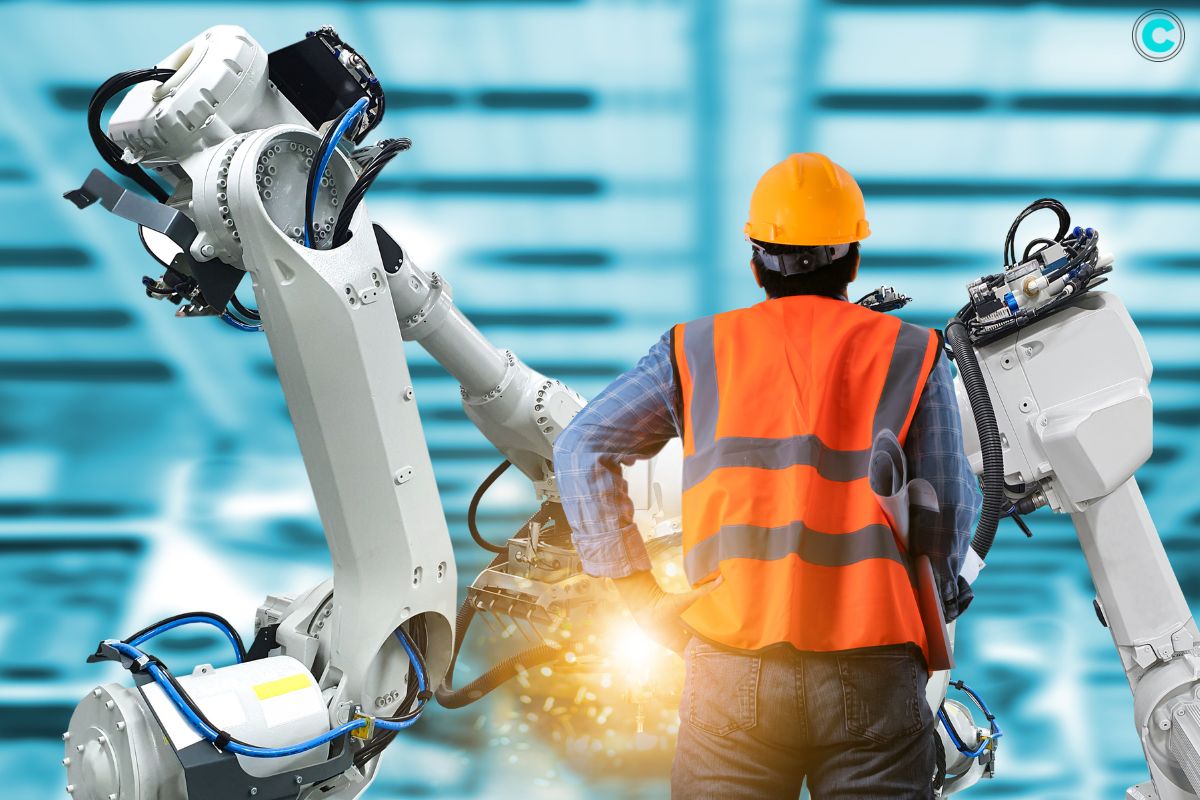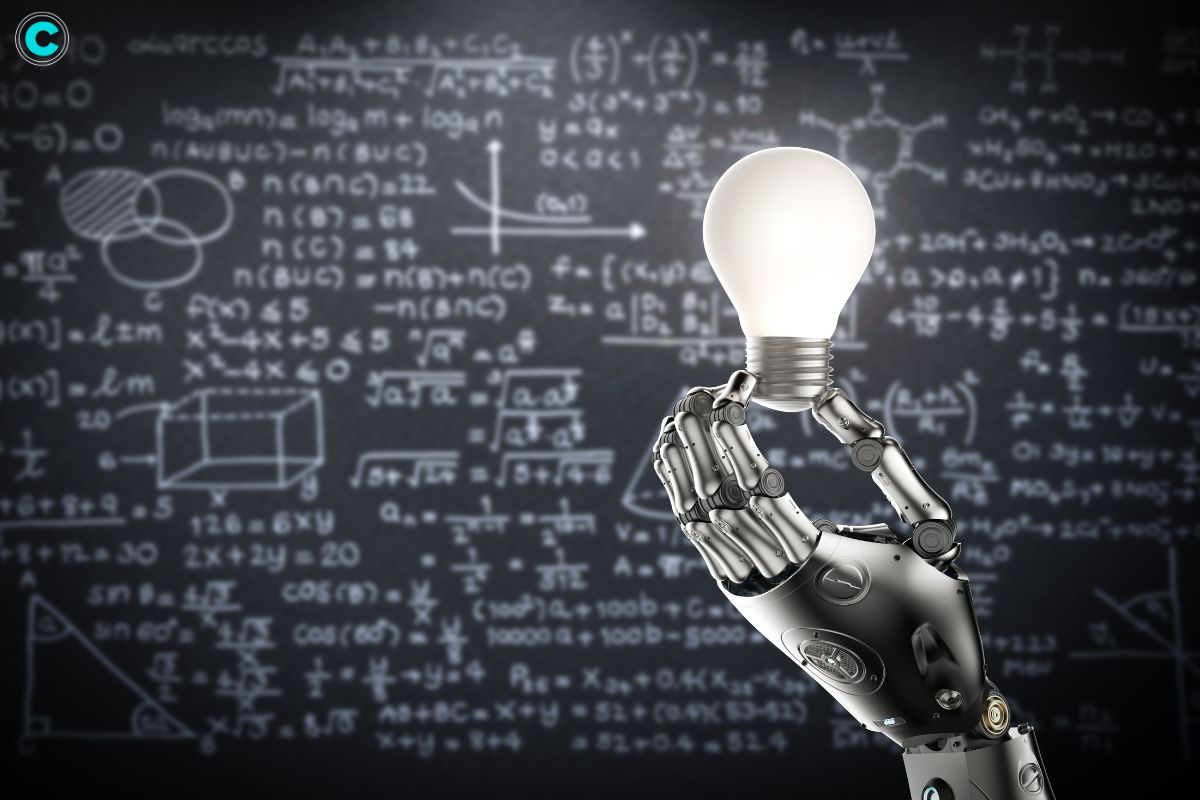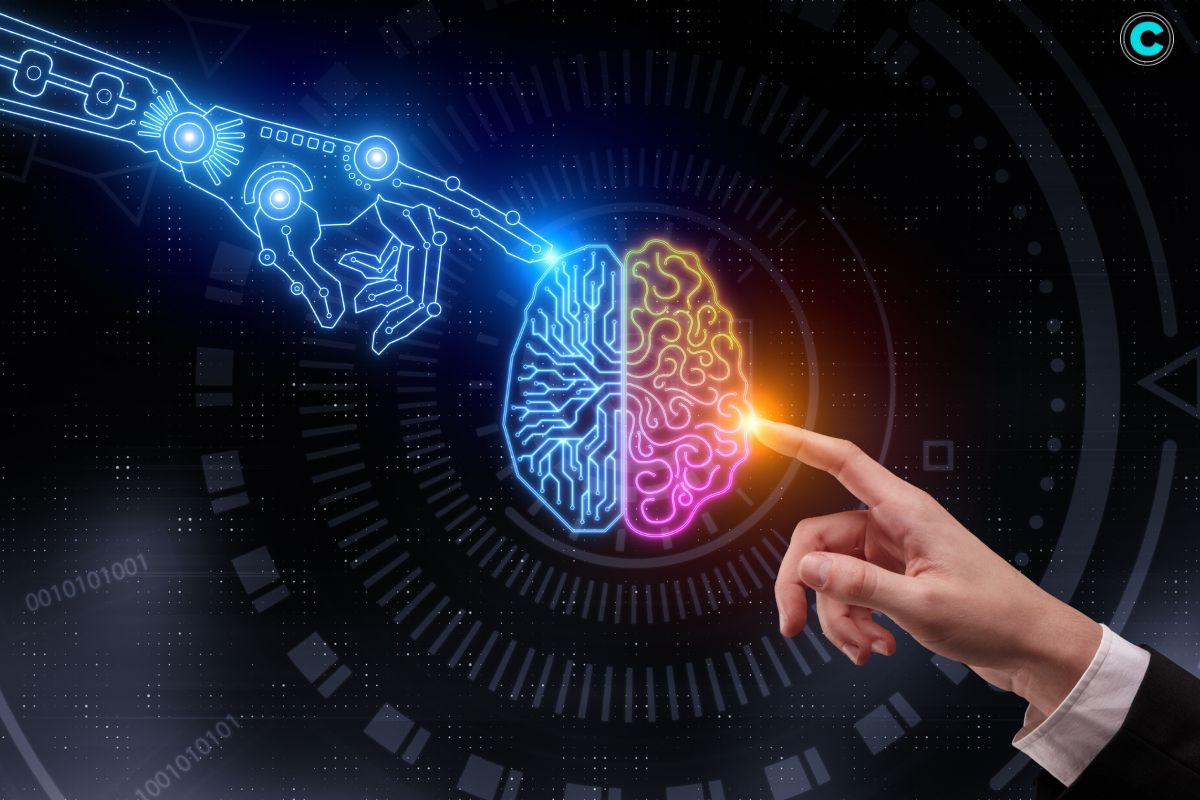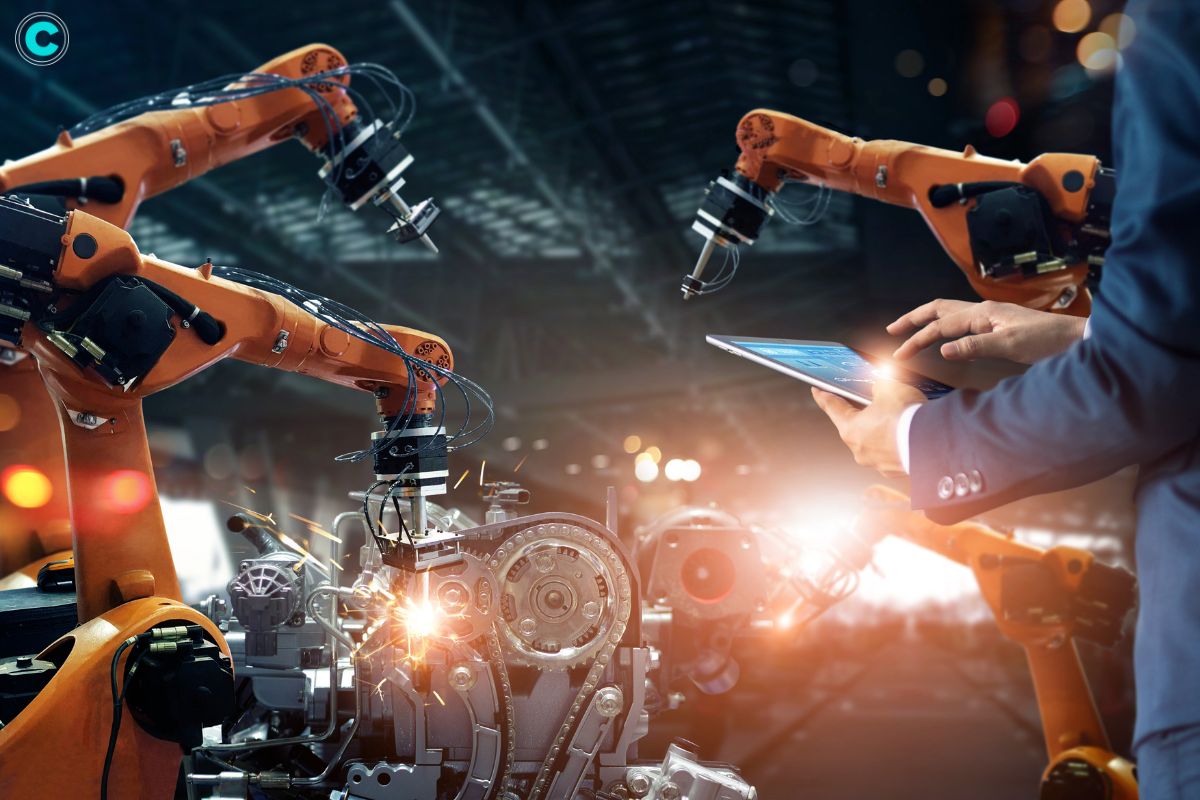In the past few years, industrial robots have become really important in modern manufacturing. These fancy machines are made to do repetitive and super precise tasks, which helps companies work faster, better, and safer in lots of different industries. This article takes a closer look at these robots, talking about the different kinds, what they’re used for, the good things they bring, and what we can expect from them in the future.
Understanding Industrial Robots
They are programmable mechanical devices used to perform tasks in manufacturing and production environments. These tasks range from simple operations like assembly and packaging to complex processes such as welding and painting. They are characterized by their precision, speed, and the ability to operate in hazardous environments, making them indispensable in modern industry.
Types of Industrial Robots

- Articulated Robots: These robots have rotary joints and can range from simple two-joint structures to complex systems with ten or more interacting joints. They are highly versatile and commonly used for welding, material handling, and assembly.
- SCARA Robots: Selective Compliance Articulated Robot Arm (SCARA) robots are designed for tasks requiring a high degree of accuracy, such as pick-and-place operations, assembly, and packaging.
- Delta Robots: Also known as parallel robots, delta robots are used for high-speed operations in the food, pharmaceutical, and electronic industries. They are particularly effective in tasks like sorting and packaging.
- Cartesian Robots: These robots, also known as gantry robots, have three linear axes of movement (X, Y, and Z) and are commonly used for CNC machines, 3D printing, and automated storage and retrieval systems.
- Collaborative Robots (Cobots): Cobots are designed to work alongside human operators. They are equipped with advanced sensors and safety features to ensure safe interaction with humans, making them ideal for tasks like assembly, quality inspection, and machine tending.
Applications of Industrial Robots

- Automotive Industry: These robots are extensively used in the automotive industry for welding, painting, assembly, and material handling. Their precision and speed enhance production efficiency and product quality.
- Electronics Industry: In electronics manufacturing, robots perform tasks such as PCB assembly, component placement, and testing. They help in achieving the high precision required for assembling small and delicate electronic components.
- Food and Beverage Industry: Robots in the food industry handle tasks like sorting, packaging, palletizing, and quality inspection. They ensure hygiene and consistency in food processing and packaging.
- Pharmaceutical Industry: These robots in pharmaceuticals are used for tasks such as drug formulation, filling and packaging, and quality control. They enhance accuracy and reduce the risk of contamination.
- Metalworking Industry: In metalworking, robots perform welding, cutting, grinding, and polishing. Their use increases productivity and reduces the risk of workplace injuries.
Benefits of Industrial Robots
- Increased Efficiency: These robots work faster and more accurately than humans, significantly boosting production rates and reducing cycle times.
- Improved Quality: Robots maintain consistent precision in repetitive tasks, reducing errors and enhancing product quality.
- Cost Savings: Although the initial investment in these robots can be high, the long-term cost savings from increased productivity, reduced waste, and lower labor costs are substantial.
- Enhanced Safety: Robots can operate in hazardous environments, handling dangerous tasks that would pose risks to human workers. This reduces workplace injuries and improves overall safety.
- Flexibility: Modern industrial robots are highly programmable and can be reconfigured for different tasks, providing flexibility in manufacturing processes.
Future Trends in Industrial Robots
The future of these robots looks promising, with advancements in technology driving their evolution. Some key trends include:

- Artificial Intelligence (AI) Integration: The integration of AI in these robots will enable them to learn and adapt to new tasks, making them more autonomous and efficient.
- Internet of Things (IoT) Connectivity: IoT-enabled robots can communicate with other machines and systems, allowing for real-time monitoring and data analysis, optimizing manufacturing processes.
- Enhanced Human-Robot Collaboration: The development of more advanced cobots will facilitate better collaboration between humans and robots, improving productivity and safety in shared workspaces.
- Sustainability: Future industrial robots will focus on energy efficiency and sustainability, reducing the environmental impact of manufacturing processes.
- Customization and Personalization: As consumer demand for personalized products grows, these robots will play a crucial role in enabling mass customization in manufacturing.
FAQs
1. What are industrial robots used for?
They are used for various tasks in manufacturing, including assembly, welding, painting, packaging, and material handling. They enhance efficiency, precision, and safety in production processes.
2. What is the difference between an industrial robot and a collaborative robot?
They are typically used in isolated environments and perform tasks independently, while collaborative robots (cobots) are designed to work alongside human operators, enhancing human-robot collaboration and safety.
3. How do industrial robots improve safety in manufacturing?
They can operate in hazardous environments and handle dangerous tasks, reducing the risk of workplace injuries and improving overall safety in manufacturing settings.
4. Are industrial robots expensive to implement?
The initial investment in these robots can be high, but the long-term cost savings from increased productivity, reduced waste, and lower labor costs often justify the expense.
5. How is AI being integrated into industrial robots?
AI integration enables these robots to learn and adapt to new tasks, improving their autonomy and efficiency. AI-driven robots can analyze data in real-time, optimizing manufacturing processes.
Conclusion
Industrial robots have revolutionized the manufacturing landscape, offering numerous benefits in terms of efficiency, quality, and safety. With advancements in AI, IoT connectivity, and human-robot collaboration, the future of these robots looks bright. As industries continue to adopt and innovate with these technologies, these robots will remain at the forefront of modern manufacturing, driving progress and productivity.






